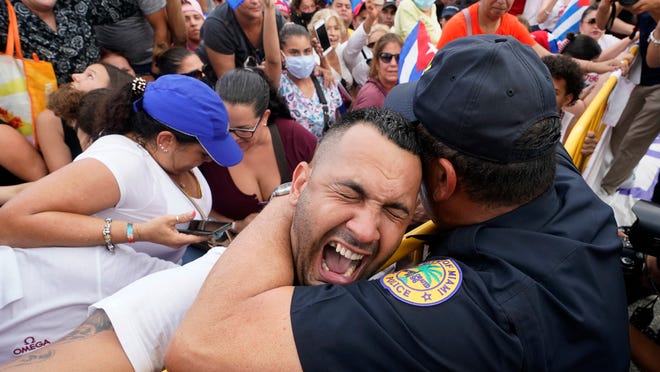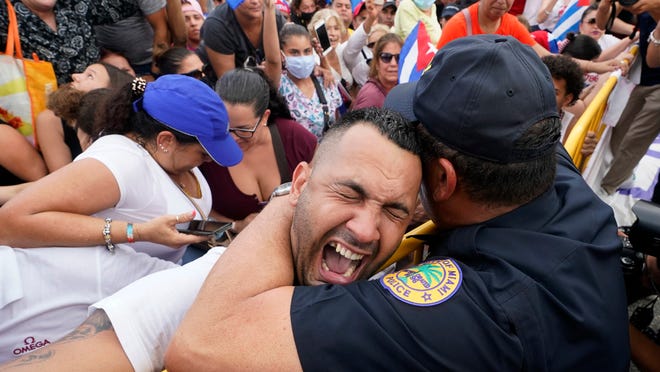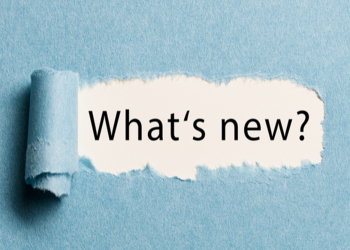Thousands of Cuban protesters, angered over food and medicine shortages, low COVID-19 vaccination rates and electricity outages took to the streets Sunday and Monday for the first time in nearly 30 years. The protests are a rare defiance of the Communist government’s intolerance for dissent.
On Wednesday, Cuban President Miguel Díaz-Canel for the first time acknowledged government shortcomings after previously blaming the unrest on social media and agitation from the U.S.
There was at least one death reported by officials in the unrest: Diubis Laurencio Tejeda, 36, died Monday according to Cuba’s Interior Ministry.
Here’s what we know so far about the demonstrations in Cuba:
What started the Cuba protests?
Young protesters marched on Havana, the island’s capital, chanting “We want freedom” and “We want vaccines.” Demonstrations have also taken place in Miami, which has a sizeable Cuban and Cuban-American population.
The protests were fueled in part by Cuba suffering its worst economic crisis in years, which has led to food shortages and high prices.
‘We are fed up’:Thousands of demonstrators throughout Cuba protest shortages, rising prices
A mixture of the coronavirus pandemic, sanctions from former President Donald Trump and problems in the state-run economy have helped to cripple the Caribbean island.
Some protesters called for political change after six decades of Communist Party rule, beginning with Fidel Castro’s revolution in 1959.
The last…



























































